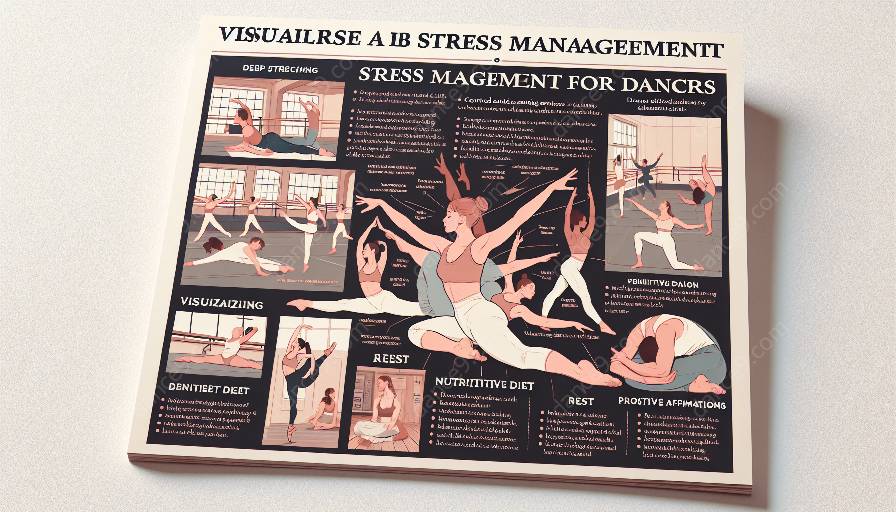Dance is not only a form of art and self-expression but also a physically and mentally demanding activity. Dancers often face stress and pressure, both in training and performance settings. Technology and digital tools can play a significant role in assisting dancers with personalized stress management, incorporating stress management techniques specific to their needs, and promoting overall physical and mental health.
Understanding the Role of Stress in Dance
Before addressing personalized stress management, it's essential to understand the stressors that affect dancers. The high physical demands, intense competition, and performance anxiety can significantly impact a dancer's mental and emotional well-being. Additionally, the risk of injury and the pressure to maintain an ideal body image create additional stressors.
The cumulative impact of these stressors highlights the importance of implementing effective stress management techniques tailored to the unique challenges faced by dancers.
Integrating Technology and Digital Tools
Advancements in technology have led to the development of various digital tools and applications that can support dancers in managing stress and enhancing their overall well-being. These tools can range from stress tracking apps and biofeedback devices to virtual reality (VR) experiences specifically designed for stress reduction.
One prominent approach involves utilizing wearable technology equipped with biometric sensors that monitor a dancer's stress levels in real-time. By collecting data on heart rate variability, skin conductance, and other physiological markers, these devices provide valuable insights into a dancer's stress response during rehearsals, performances, and training sessions.
Moreover, integrating digital tools such as mindfulness and meditation apps can empower dancers to engage in regular relaxation practices, fostering improved mental resilience and emotional regulation.
Personalized Stress Management Techniques
Technology allows for the customization of stress management techniques to align with each dancer's unique needs. Data-driven insights from digital tools enable the creation of personalized stress management plans, taking into account individual stress triggers, coping mechanisms, and recovery strategies.
For example, a dancer experiencing performance anxiety may benefit from a tailored program that incorporates biofeedback training to regulate physiological responses and cognitive behavioral therapy techniques to address performance-related stress. By leveraging technology, dance professionals can provide personalized support that goes beyond generalized stress management approaches.
Promoting Physical and Mental Health in Dance
Effective stress management in dance extends beyond mitigating the immediate effects of stress. It encompasses proactively promoting physical and mental well-being among dancers. Digital resources, such as educational modules and online platforms, can offer accessible information on nutrition, injury prevention, and psychological resilience for dancers.
Beyond individualized stress management, technology and digital tools are instrumental in creating a supportive community for dancers, connecting them with peer support networks, mental health resources, and professional guidance.
Conclusion
Leveraging technology and digital tools for personalized stress management in dance represents a forward-thinking approach to addressing the complex stressors prevalent in the dance industry. By integrating these advancements, dancers can proactively manage their stress levels, foster holistic well-being, and enhance their overall performance and longevity in the field.


































